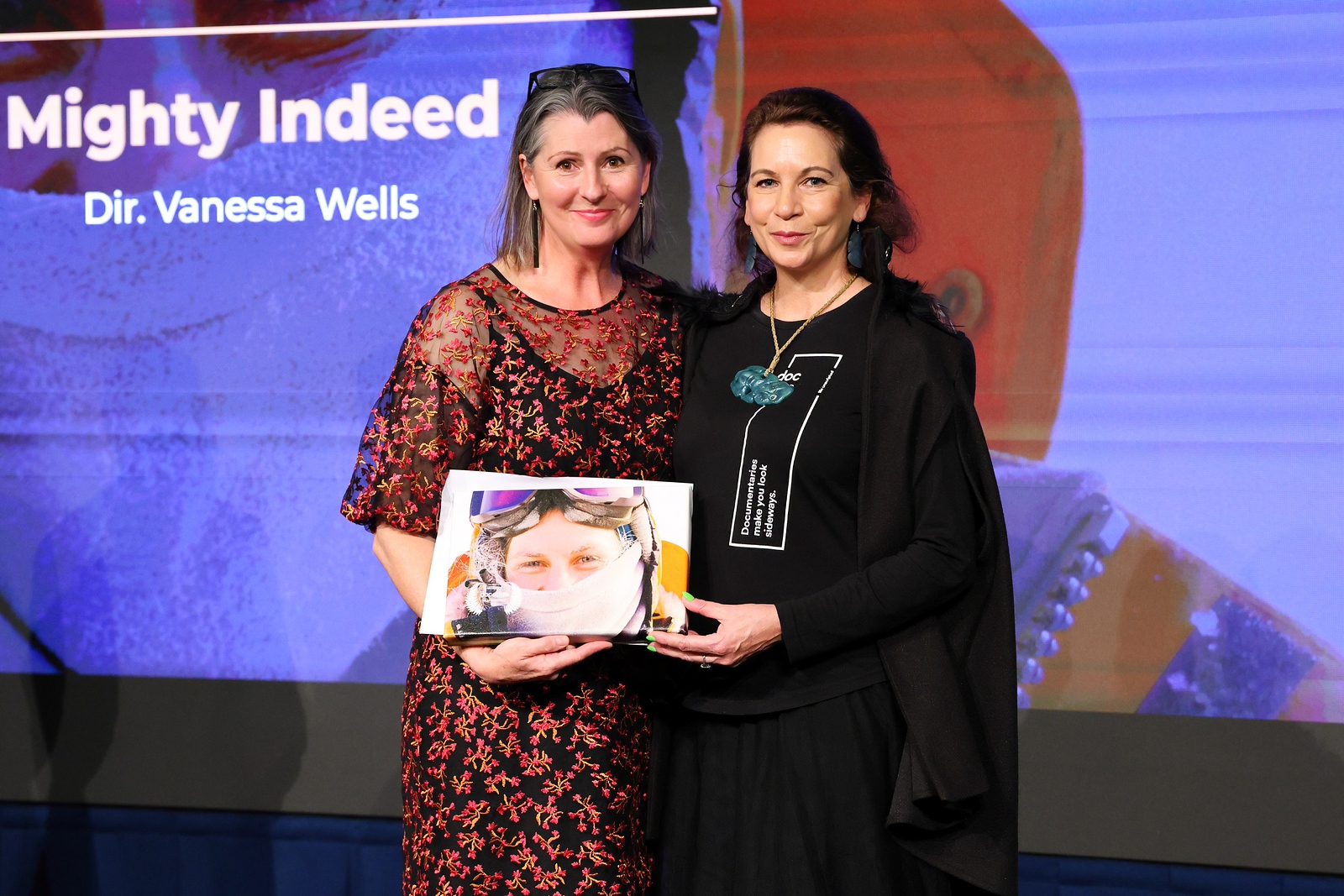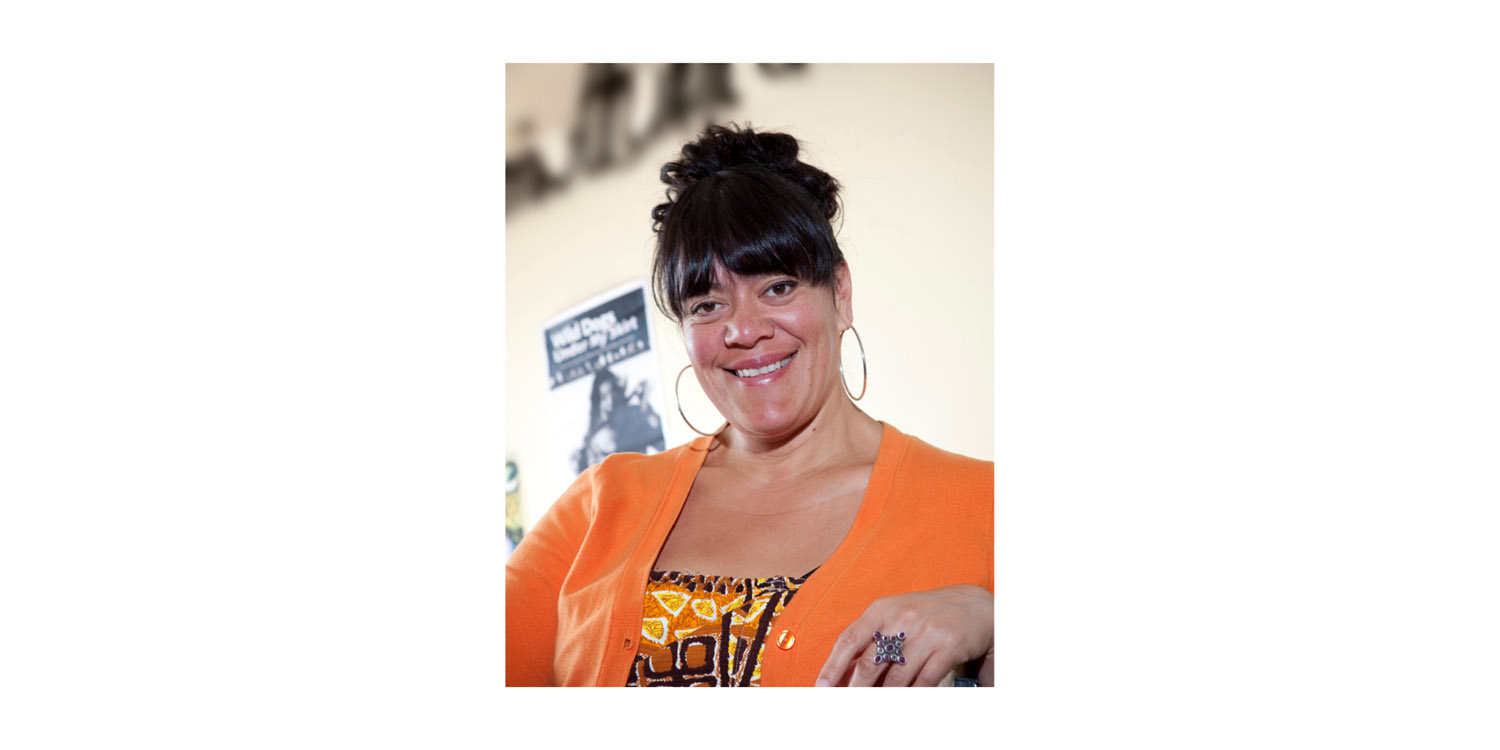“The creative schools are unique,” says Professor Paul Millar, who was then Deputy Pro-Vice-Chancellor of the College of Arts and Head of the School of Humanities and Creative Arts. “You have to enter their worlds to truly understand them.
“Outsiders don’t appreciate the seriousness and passion that academics who are artists and musicians bring to their work. Some people confuse Creative Arts academics with entertainers and hobbyists. In fact they are serious, highly dedicated researchers, who don’t stint in giving themselves to their art and to their students.”
A unique vision
Professors Millar and Keam instantly clicked. “Glenda had a vision. And she had drive and ambition. She is without doubt one of the hardest working people I know. How she did it, rebuilding the UC School of Music while still calling Auckland home, is beyond me.”
Associate Professor Keam was not about to return the school to the status quo. “It was a challenge that I was ready for, but the school needed a complete overhaul if it was going to stand out and attract amazing musicians – both staff and students.”
“I understood quite early that whatever we were going to create, wouldn’t look like the old UC School of Music, which was nearer to a European-style conservatorium,” Professor Millar says.
“Either we did something different or we might as well pack it in.”
That something different was a music department with a strong focus on new music, on performers who compose and composers who perform, with a weekly free concert called New Music Central.
Professor Keam’s early stroke of genius was employing internationally recognised and multiply-talented staff. This laid the groundwork and set the trajectory for future success.
“I had known Professor Mark Menzies for many years, and I quietly hoped he might apply for the role of Head of Performance,” she says. “No-one would sensibly have bet on that, however.”
An inspirational ensemble
Like many talented New Zealanders, there is a time to come home and for Professor Menzies UC was a challenge that was hard to resist. A child prodigy, he attended UC from age 15 to earn his Bachelor’s degree. From there it was a stellar path to an international doctorate, success in major competitions, and eventually a prestigious position in Los Angeles, at CalArts, the Disney-funded performing arts academy.
“He plays violin, viola, is an excellent pianist and conductor, and loves to compose and teach,” Professor Millar says.
That appointment proved a game changer. Word of Professor Menzies’ appointment permeated academic music networks around the world, and 120 candidates applied for the associated senior lecturer position.
In a traditional School of Music, if the professor of performance is a violinist, the usual thing to do would be to appoint a talented pianist.
“Perhaps nothing better exemplifies the new approach at UC Music than the fact that when the likely contenders whittled down to the final three, all were orchestral percussionists,” Professor Millar says.
Percussionist Dr Justin DeHart won the position and was followed by innovative composer and digital sound artist Dr Reuben de Lautour. Together they would form cLoud Collective, a contemporary ensemble fast developing a reputation internationally.
Bringing UC Music back to the city
Another stroke of luck was the move of the School’s public-facing and performance activities to UC’s original campus, now the Christchurch Arts Centre, when the old Chemistry Building came up for lease. A music recital room was created and UC’s Logie Collection of classical antiquities found a beautiful and fitting permanent home in its own museum, close to Canterbury Museum.
Former UC Vice-Chancellor Dr Rod Carr’s vision was to reconnect the university with the city by moving the School of Music to the Arts Centre and Assoc Professor Keam made it a reality. She set the concert programme humming, supervised doctoral students, rebuilt relationships with the Christchurch music community, and maintained her professional relationships with international new music composers.
In 2019, she was appointed President of the International Society for Contemporary Music (ISCM), the first woman and the first New Zealander in the organization’s 97 years. She had been on the Executive Committee for some years, having meetings most weekends at all hours to accommodate European time. The organisation was to hold its festival in New Zealand for the first time this year, but due to the Covid-19 pandemic has postponed until 2022.
Assoc Professor Keam is now retiring as Head of School, leaving UC Music wonderfully robust. Students who are used to performing all try composing and some discover significant hidden talents. The performance programme is vibrant and varied, mixing staff and student compositions with visiting musicians and composers from around New Zealand.
She has a big composition project on the horizon called lighthousework, plus a smaller one for UC senior lecturer in performance and percussion Dr DeHart. Then there is the archive of her late father, geophysicist and world expert on the Tarawera eruption Ron Keam, which needs to be sorted for posterity.
And she will continue to be part of the impressive Canterbury music legacy she has built, maintaining her links with UC through doctoral students and numerous music-related opportunities. UC Music academics and musicians (from left) Reuben de Lautour, Mark Menzies and Justin DeHart perform together.
UC Music academics and musicians (from left) Reuben de Lautour, Mark Menzies and Justin DeHart perform together.









.png)

